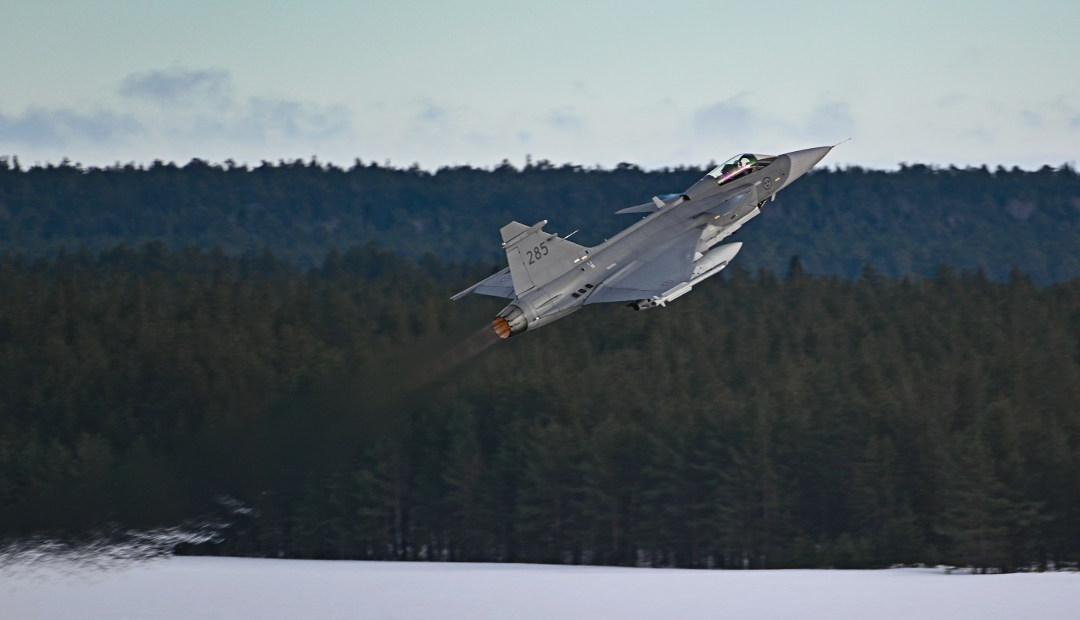Two United States Air Force B-1B Lancers flew to Sweden recently, strengthening bonds with Allies and partners while displaying the reach of U.S. airpower.
The U.S. routinely demonstrates its commitment to NATO Allies and partners through Bomber Task Force (BTF) missions in Europe, but this deployment to Luleå-Kallax Air Base from February 23 to 29 was the first multiday deployment of strategic bombers to the High North out of Sweden. The ability to operate from Sweden, which became an official NATO member on March 7, significantly reduces risk to the Alliance by strengthening its northern flank. This also complicates any potential Russian strategy against NATO by forcing Moscow to devote more focus to the Baltic northwest while also putting the headquarters of its Northern Fleet — and a large portion of its nuclear arsenal — at risk.

“This timely opportunity for our crews to exercise our collective defense capabilities with our Swedish Allies in the Arctic region is incredible,” said Lt. Col. Benjamin Jamison, 37th Bomb Squadron director of operations. “It demonstrates our ironclad commitment to our partners and Allies, demonstrates our expansive reach, and sends a strong deterrent message to potential adversaries.”
In June 2023, U.S. bombers landed in Sweden for the first time, highlighting the ability of Swedish and U.S. forces to seamlessly integrate. The capability to generate sorties from locations such as Luleå-Kallax Air Base is key for U.S. bombers.
The regular deployment of U.S. strategic bombers bolsters a collective response to any global conflict and provides valuable joint training with Allies and partners. The BTF missions also leave no doubt as to the U.S. commitment to its NATO and international partners while using operational unpredictability to deter aggression.

Sweden demonstrated its commitment to Euro-Atlantic security by joining NATO. Just last year, Stockholm’s eastern neighbor, Finland, joined NATO, becoming its 31st member. And with the unanimous approval of Sweden’s accession, the BTF returns home on the tail end of a historic event with the 32nd member of NATO.
During their deployment, the Lancers integrated with Swedish JAS 39 Gripen fighters and joint terminal attack controllers to exercise surface attack, air interdiction and close air support. These missions demonstrate the capacity to seamlessly execute operations together.
“I’ve been flying the B-1 for 12 years. I’ve done a lot of Allied and partner integration, and the Swedes are top-notch. The squadron we integrated with at the 211 was phenomenal. They’re very capable, very easy to integrate with,” said Jamison. “They know exactly what they are doing. They have been nothing but professionals, and this has been one of, if not the best, foreign-integration exercises I’ve done.”


Comments are closed.